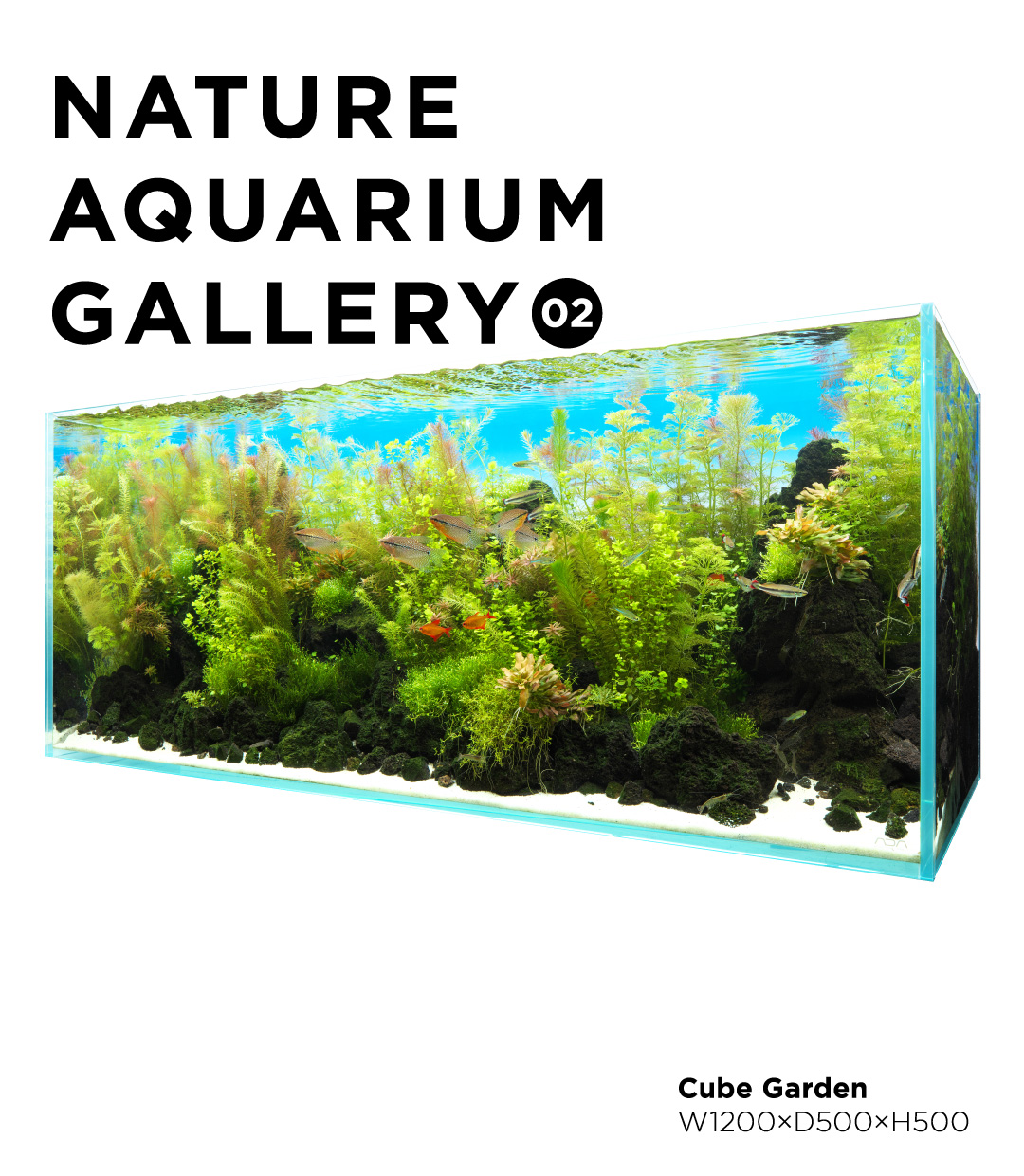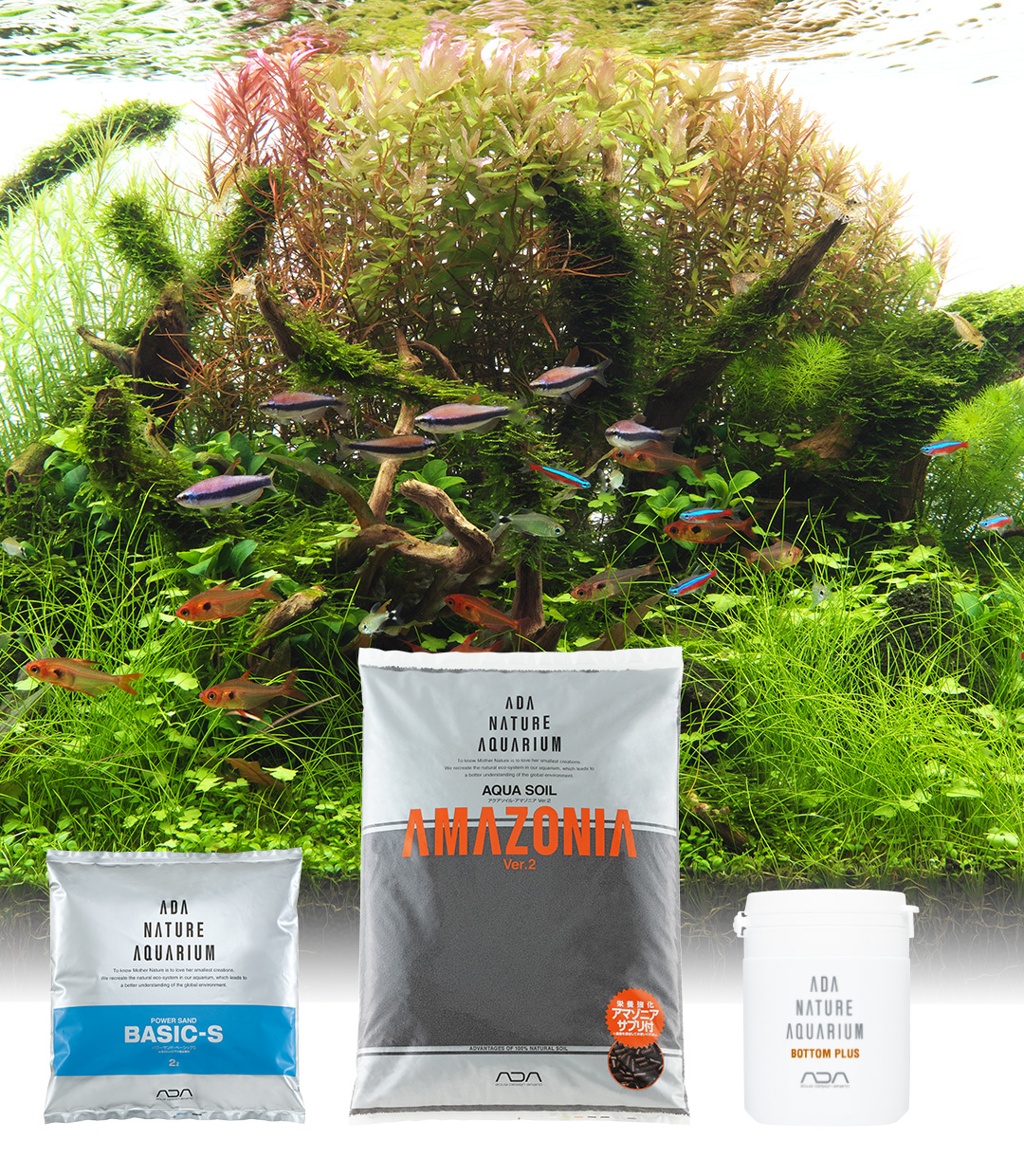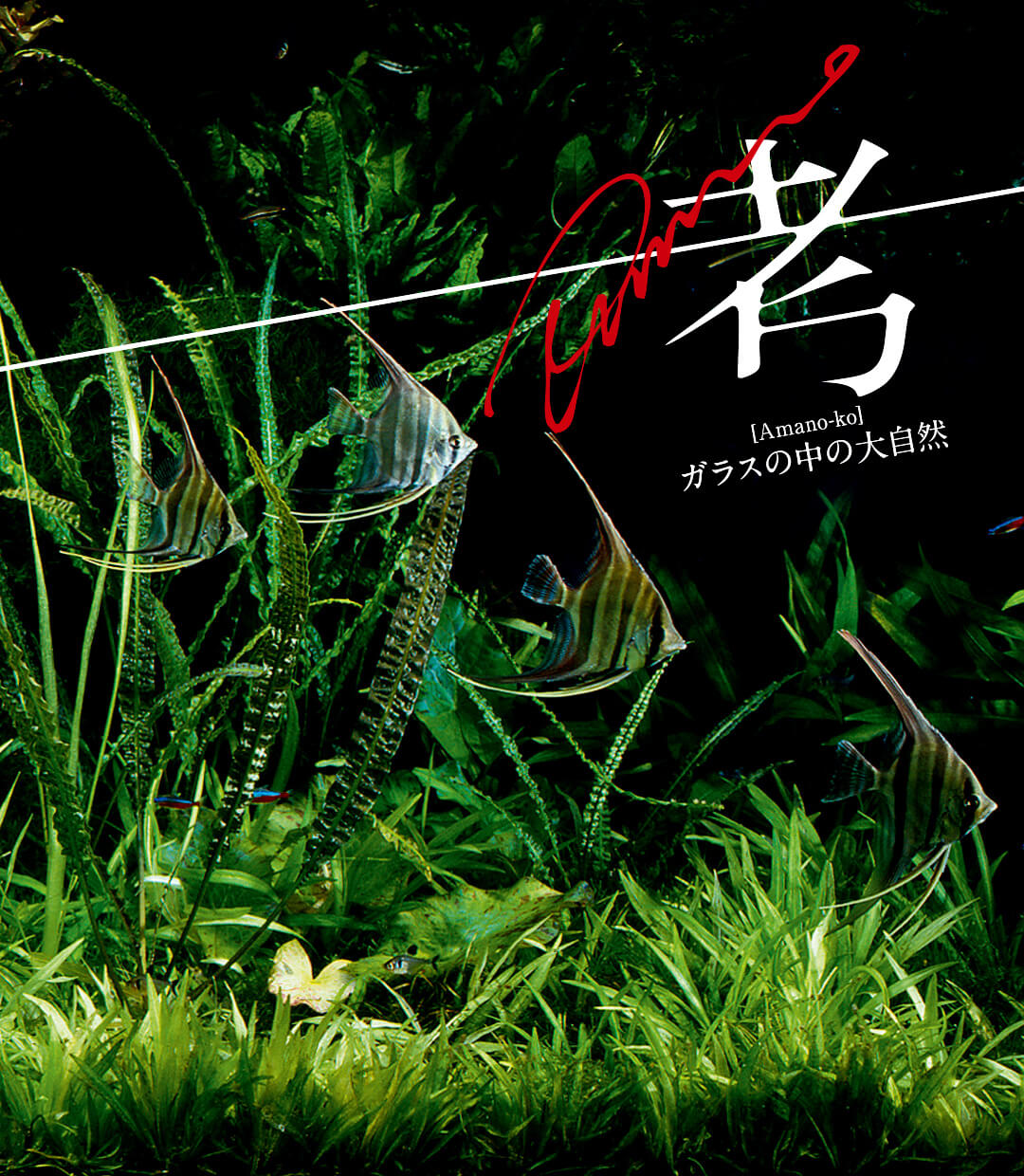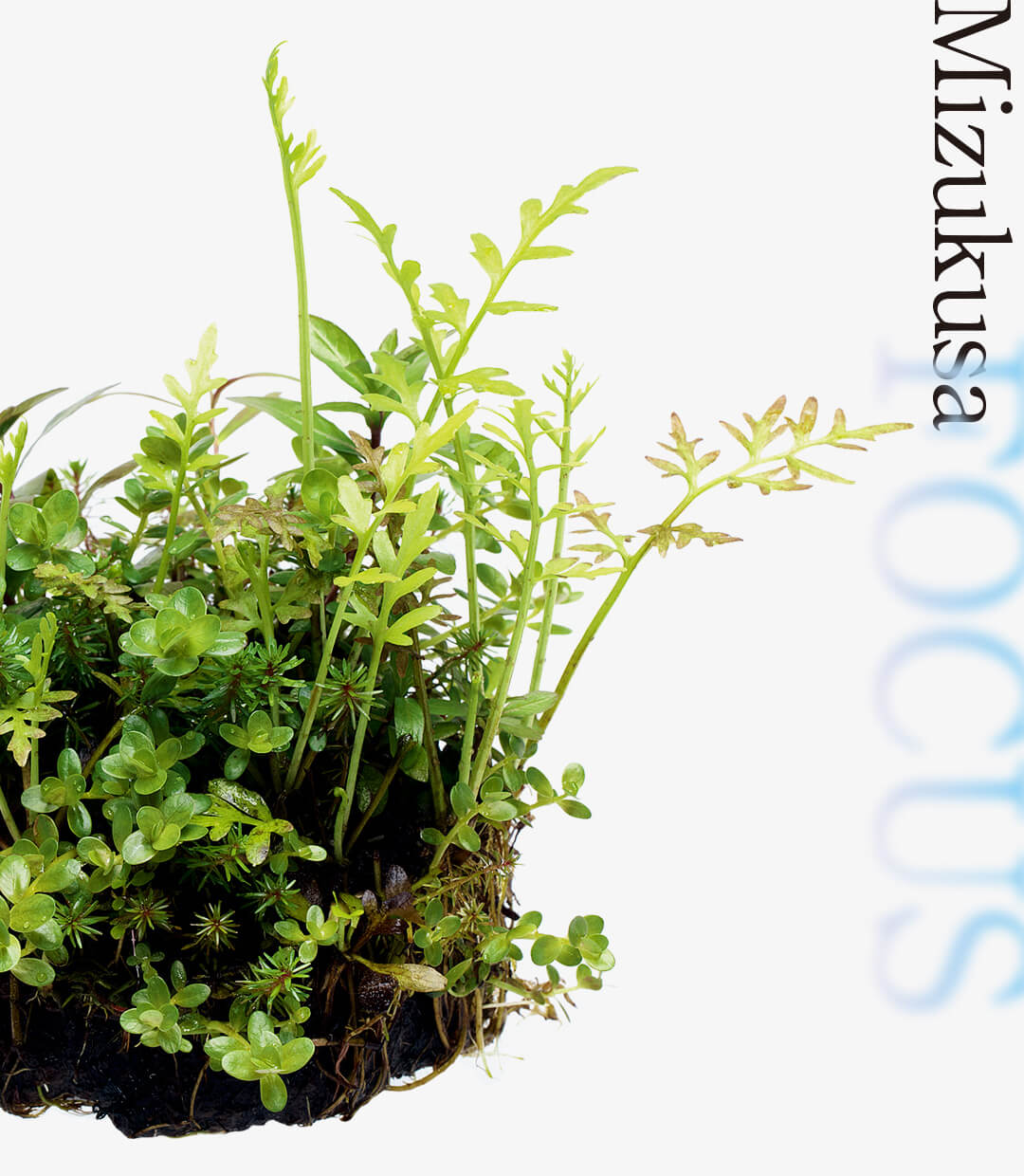2023.10.13
OPEN GREEN LAB: Plants which become red
Whether as a response to their environment or as a secondary metabolic function, red pigment synthesis is known to occur within plants, a phenomenon not limited to aquatic plants. We can watch and enjoy this vivid color production. Here we explain the pigments plants have and introduce some background knowledge to do with enjoying red aquatic plants.
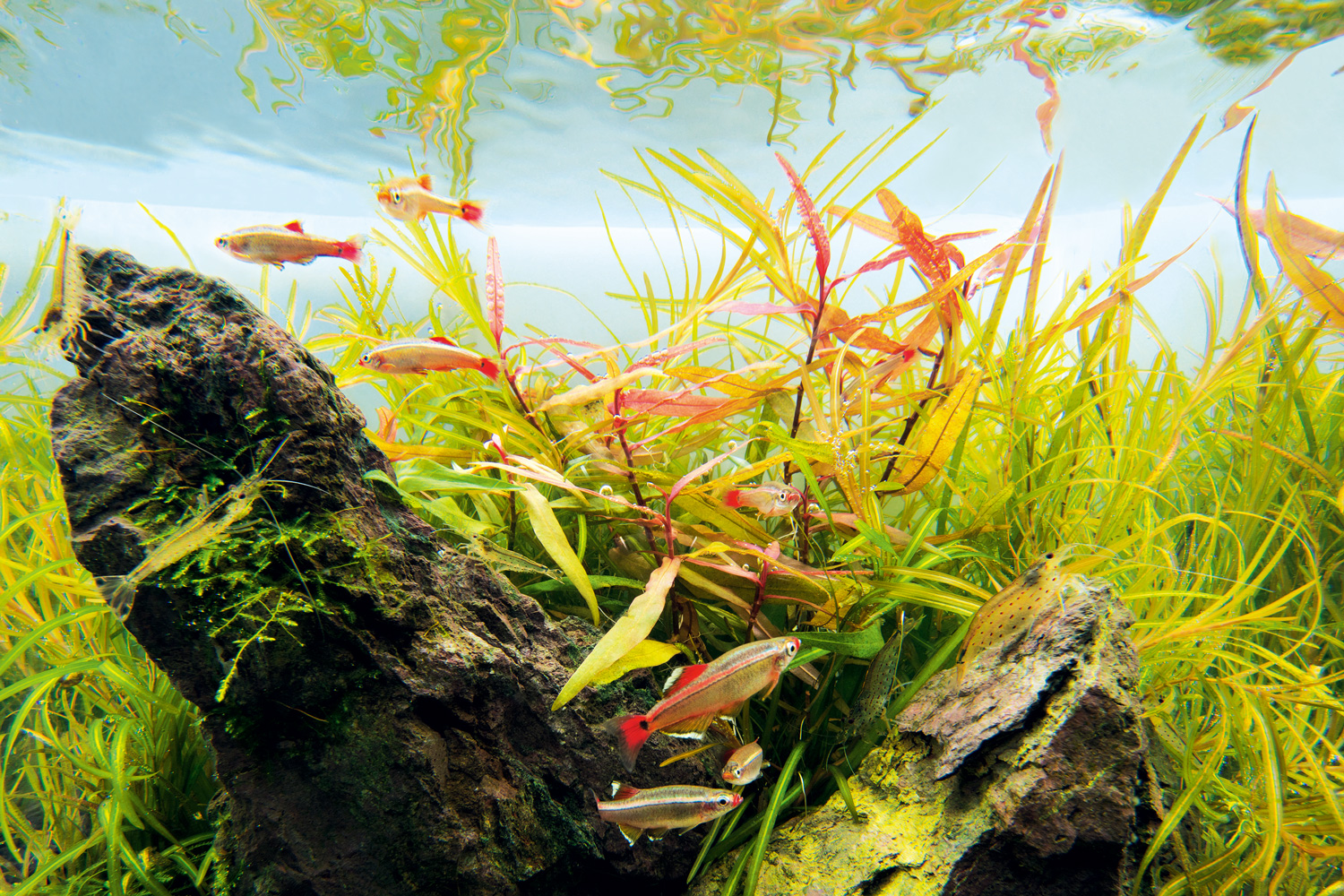
The role of red pigments in the natural world
As for phenomena of plants reddening, the familiar natural scenery of autumn leaves, which we Japanese call “red leaves”, surely comes to mind. This is one of the physiological phenomena which occurs when, in autumn, plants don’t receive the temperate or enough sunlight needed for their growth. Apart from temperatures and light, plants have various other possible stress factors for which they produce a variety of metabolic substances, including red pigments, to counteract. Environmental stresses could arise from too much sunlight, drying out, waterlogging, salt damage, etc. If an environment has stronger light than a plant needs for photosynthesis, plants make reactive oxygen with the light energy they receive but cannot photosynthesise, which causes cell damage. Some plants are known to produce red pigments like anthocyanins and quercetin in order to protect themselves against strong light levels or ultraviolet rays.
As for phenomena of plants reddening, the familiar natural scenery of autumn leaves, which we Japanese call “red leaves”, surely comes to mind. This is one of the physiological phenomena which occurs when, in autumn, plants don’t receive the temperate or enough sunlight needed for their growth. Apart from temperatures and light, plants have various other possible stress factors for which they produce a variety of metabolic substances, including red pigments, to counteract. Environmental stresses could arise from too much sunlight, drying out, waterlogging, salt damage, etc. If an environment has stronger light than a plant needs for photosynthesis, plants make reactive oxygen with the light energy they receive but cannot photosynthesise, which causes cell damage. Some plants are known to produce red pigments like anthocyanins and quercetin in order to protect themselves against strong light levels or ultraviolet rays.
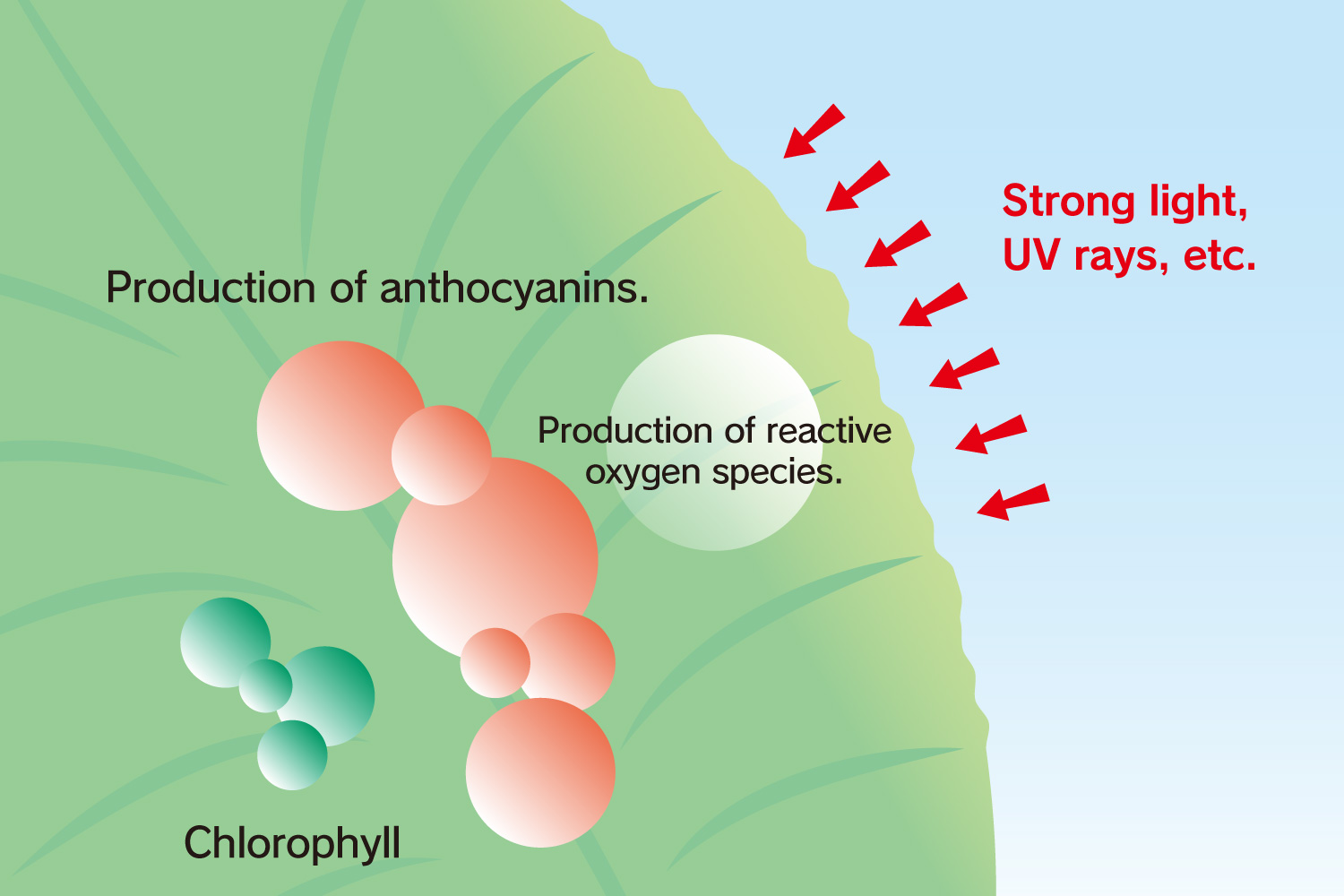
Water quality and pigments
Anthocyanin may be famous as the exemplary red plant pigment but this pigment can actually change it’s color depending on the pH of the vacuole in a cell. And because of a complex formed according to the metal ions taken in by the vacuole that alters which wavelengths of light are absorbed, leaf color will change with water quality, even with the same plant.
Anthocyanin may be famous as the exemplary red plant pigment but this pigment can actually change it’s color depending on the pH of the vacuole in a cell. And because of a complex formed according to the metal ions taken in by the vacuole that alters which wavelengths of light are absorbed, leaf color will change with water quality, even with the same plant.
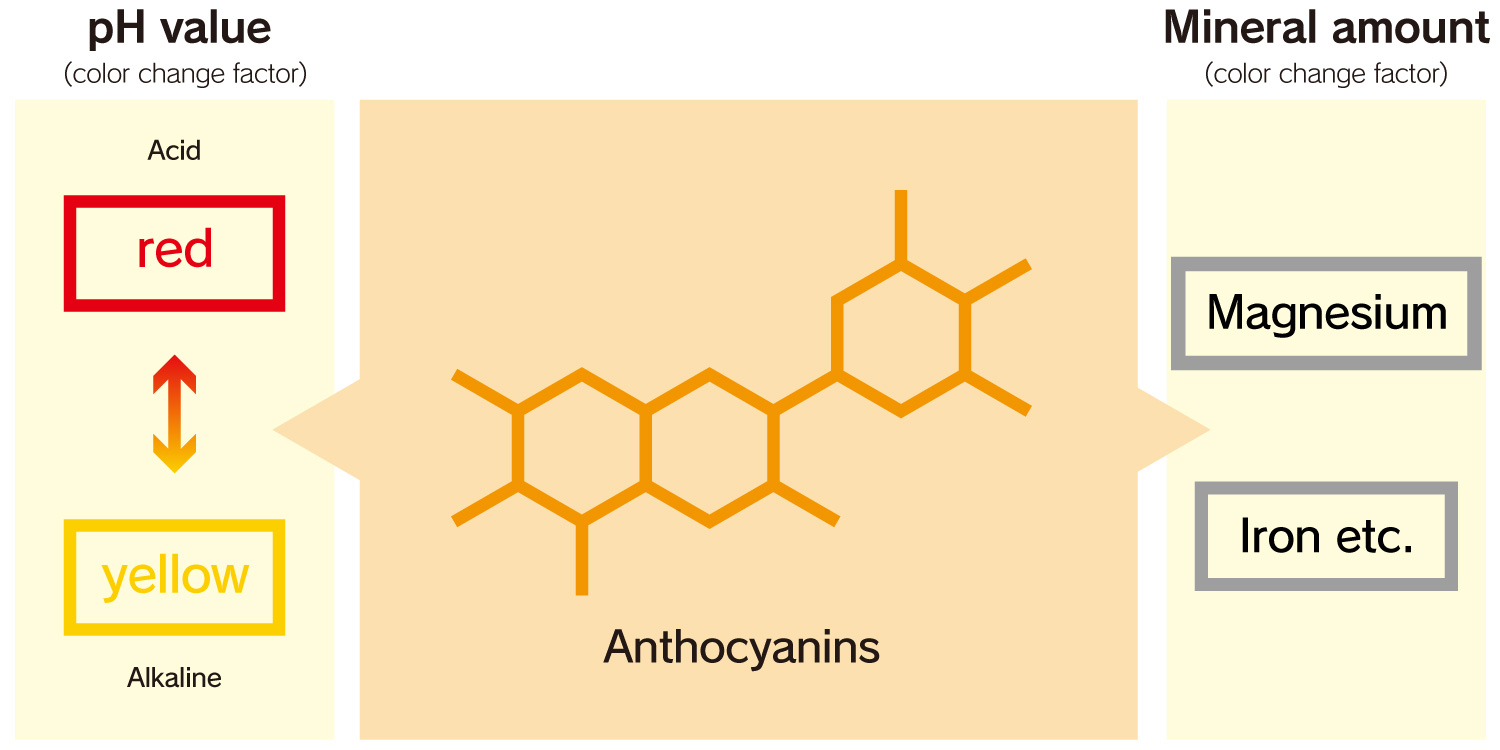
Reddening mechanism in an aquarium
In the natural world, when a whole plant or it’s root system becomes submerged in water, oxygen deficiency due to hypoxia is known to trigger red pigment synthesis. We can trigger this in a Nature Aquarium by adding carbon dioxide till near the water’s saturation point (thereby lowering the gas exchange efficiency and creating a pseudo oxygen deficiency). Because of aquarium lighting equipment developments it is now possible to promote pigment production using light strong enough to reach within the water. This results in more active photosynthesis, so sugar production as well as red pigment synthesis is promoted, and we can enjoy viewing the vivid colors.
In the natural world, when a whole plant or it’s root system becomes submerged in water, oxygen deficiency due to hypoxia is known to trigger red pigment synthesis. We can trigger this in a Nature Aquarium by adding carbon dioxide till near the water’s saturation point (thereby lowering the gas exchange efficiency and creating a pseudo oxygen deficiency). Because of aquarium lighting equipment developments it is now possible to promote pigment production using light strong enough to reach within the water. This results in more active photosynthesis, so sugar production as well as red pigment synthesis is promoted, and we can enjoy viewing the vivid colors.
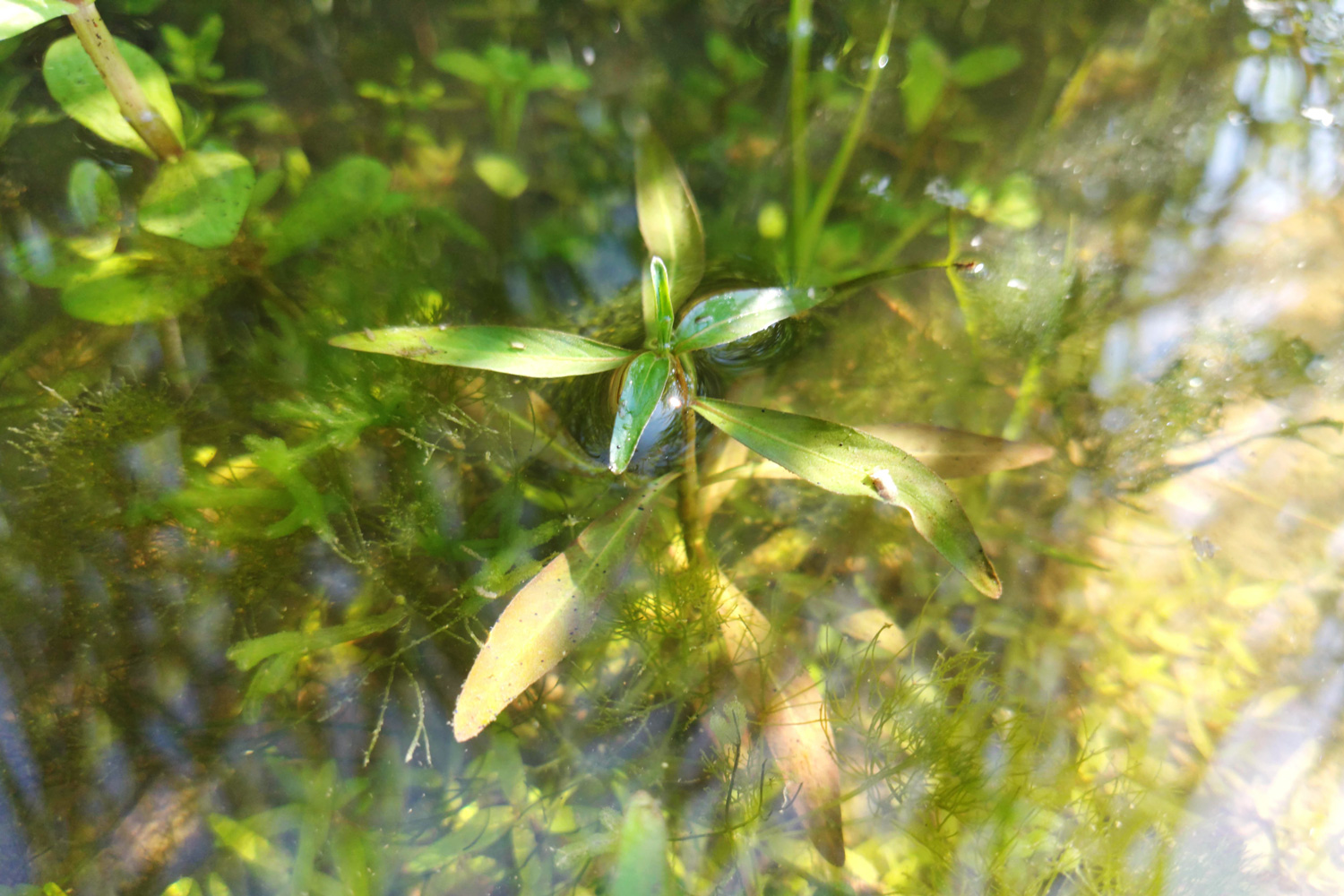
One of the best things about Nature Aquarium is the variety of aquatic plants that can be grown. Even among them though there are not necessarily many known methods for growing eye catching red plants, so in the future we would like to research factors like water quality, wavelengths of light and suitable light levels for growing red aquatic plants of superior admirability.
